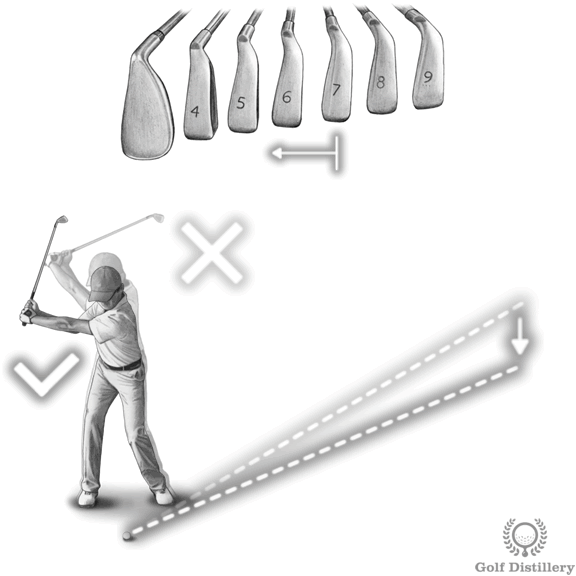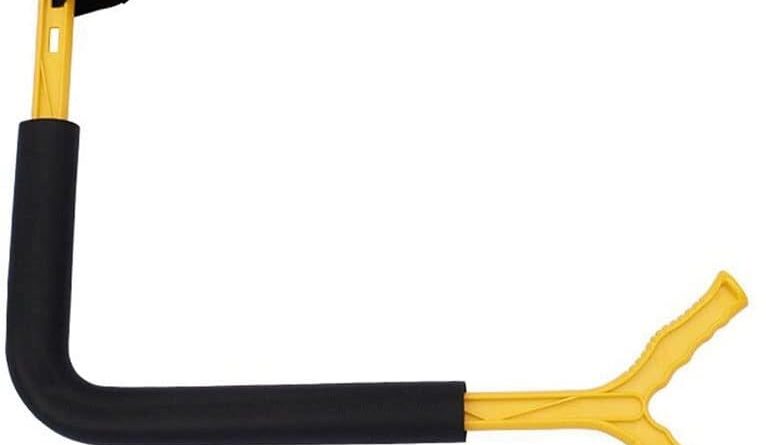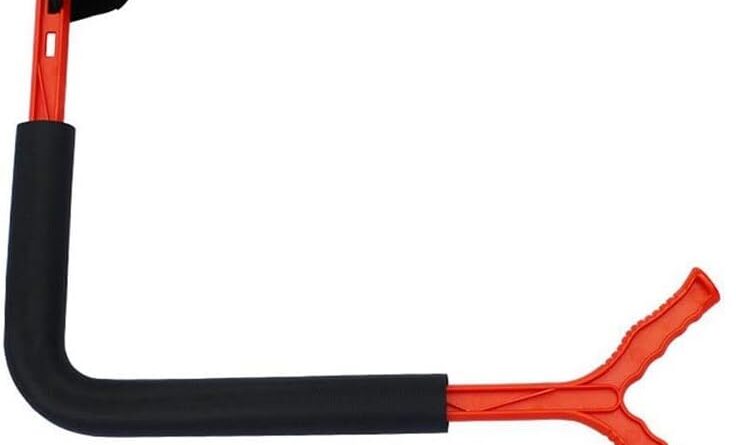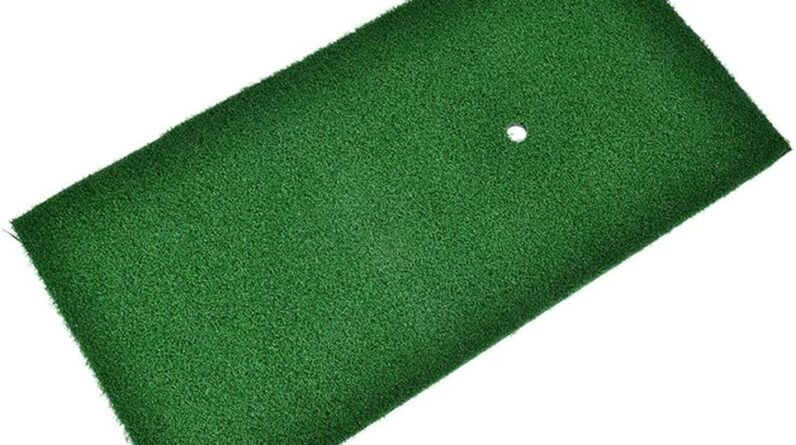If you’ve ever found yourself watching your golf ball get carried away by a gust of wind, you’re not alone. We’ve all experienced the frustration of battling against the elements on the golf course. But fear not, my friend, because in this article, we’re going to explore some simple yet effective strategies to help you regain control of your golf ball when the wind is against you. So whether you’re a seasoned pro or just starting out on your golfing journey, read on to discover the secrets of mastering the winds and becoming a force to be reckoned with on the course.

Understanding the Impact of Wind on Golf
Playing golf in windy conditions can present a unique set of challenges. The wind has the power to significantly affect the trajectory and distance of your golf shots, making it essential to understand its impact and learn techniques to control your golf ball in the wind. In this article, we will explore the effect of wind on golf shots and the factors that influence its impact on the ball.
Effect of Wind on Golf Shots
When playing golf in windy conditions, the wind can alter the flight path and distance of your shots. A headwind can cause the ball to rise higher and travel shorter distances, while a tailwind can have the opposite effect, making the ball fly lower and travel further. Crosswinds, blowing from either side, can cause the ball to curve in the direction of the wind, leading to unpredictable shot patterns.
The strength and direction of the wind play crucial roles in how it affects your shots. Stronger winds will have a more significant impact, while changes in wind direction can require adjustments in shot shaping and club selection. It is important to stay aware of the wind throughout your round and adapt your strategy accordingly.
Factors Influencing Wind’s Effect on the Ball
Various factors come into play when determining how the wind will affect your shots. The speed and consistency of the wind are crucial considerations, as stronger gusts can dramatically alter the flight of the ball. Additionally, the height of your shots and the type of clubs you use can influence how the wind affects the ball.
The type of terrain and environmental conditions also play a role. For instance, playing on a seaside course with open fairways is likely to expose you to more wind compared to an inland course surrounded by trees.
Techniques to Control Golf Ball in the Wind
Controlling your golf ball in the wind requires a combination of technique, strategy, and adaptability. Here are some techniques to help you navigate windy conditions successfully:
Choosing the Right Club
One of the fundamental techniques for managing the wind is selecting the right club for each shot. As a general rule, it is advisable to use less lofted clubs in headwinds and more lofted clubs in tailwinds. The reduced or increased loft can help counteract the effects of the wind and maintain a more predictable trajectory.
Adjusting Setup and Ball Position
Modifying your setup and ball position can also help you control the golf ball in the wind. When encountering a headwind, you may want to position the ball slightly farther back in your stance to launch it lower. Conversely, in a tailwind, placing the ball a bit forward in your stance can promote a higher launch.
Making adjustments to your stance, such as widening your stance slightly, can also provide a more stable foundation for swinging in windy conditions. Finding the right setup and ball position can help optimize your chances of hitting solid shots.
Modifying Swing Mechanics
Another technique to control the golf ball in the wind is by modifying your swing mechanics. Lowering the ball flight can be achieved by swinging with a more controlled and abbreviated motion. This can help keep the ball flying lower, reducing the wind’s impact.
Adjusting your grip and wrist position can also help reduce spin on the ball, making it less susceptible to the wind’s influence. Experimenting with grip pressure and wrist action can fine-tune your swing mechanics to better handle windy conditions.
Using Shot Shaping
Shot shaping refers to intentionally curving the ball left or right to counteract the wind’s effect. In windy conditions, shot shaping can be a valuable technique to control your golf ball. Executing a fade, which is a controlled left-to-right shot for right-handed golfers, can be particularly effective in fighting against a strong wind coming from the right. Similarly, a draw, a shot that curves from right to left for right-handed golfers, can help combat a leftward wind.
Becoming proficient in shot shaping requires practice and familiarity with the ball flight laws. By adding the ability to shape your shots, you gain more control over the golf ball in windy conditions.
Optimizing Trajectory
Having control over the trajectory of your golf shots is essential in windy conditions. By adjusting your swing speed and the club choice, you can modify the launch angle and maintain better control over the ball’s flight path.
In headwinds, swinging slightly slower with a more lofted club can help launch the ball higher, allowing it to cut through the wind more effectively. Conversely, in tailwinds, swinging slightly faster with a less lofted club can help keep the ball from ballooning and maintain a flatter trajectory.
Experimenting with different launch angles can also be beneficial in finding the optimal trajectory for your shots in varying wind conditions.
Employing Strategic Course Management
Taking a strategic approach to course management is crucial in windy conditions. Understanding the wind direction and strength can help you make informed decisions on shot selection. For example, if the wind is blowing left-to-right, it may be advantageous to aim slightly left of your target to allow for the wind to bring the ball back on line.
Utilizing the wind to your advantage is another aspect of strategic course management. When hitting downwind, you can use the extra distance to your benefit by selecting a more aggressive club choice and taking on more challenging shots. Conversely, when playing into the wind, it often makes sense to choose more conservative targets and focus on accuracy rather than distance.
Planning for wind gusts and crosswinds is also a critical component of strategic course management. Anticipating and adjusting for sudden gusts or strong crosswinds can help minimize the wind’s impact on your shots.

Practicing in Windy Conditions
To develop confidence and proficiency in controlling your golf ball in the wind, it is crucial to practice in windy conditions. Here are some tips for practicing effectively:
Simulating Windy Situations at the Driving Range
Visit a windy driving range or use a training aid that replicates windy conditions to practice hitting shots in challenging situations. This can help you acclimate to the feel and flight of the ball in the wind, allowing you to develop a better sense of control.
Playing in Diverse Wind Conditions
Whenever possible, seek opportunities to play rounds of golf in diverse wind conditions. By experiencing different wind speeds, directions, and strengths, you can gain valuable insights into how the wind affects your shots. This firsthand experience will help you adjust your techniques and decision-making on the golf course.
Honing Specific Shots for Windy Rounds
Identify specific shots that you struggle with in the wind and dedicate practice time to improving those areas. For example, if you find it challenging to control your iron shots in crosswinds, spend extra time practicing those shots to develop a more reliable ball flight.

Additional Tips and Considerations
In addition to the techniques mentioned above, here are some additional tips and considerations for controlling your golf ball in the wind:
Understanding Wind’s Impact on Putting
The wind can also affect your putting, albeit to a lesser extent than full shots. Be mindful of the wind’s strength and direction when reading greens and selecting your putting line. Windy conditions can cause the ball to drift off line, so it is crucial to adjust your aim accordingly.
Watching for Flags and Other Indicators
Pay attention to flags on the course, as they can provide useful information about wind direction and strength. Windy conditions may cause flags to flutter or stand straight out, giving you cues on how the wind is behaving. Additionally, observe how your playing partners’ shots are affected by the wind, as this can help inform your own shot selection and adjustments.
Staying Mentally Focused in Challenging Conditions
Playing golf in windy conditions can be mentally draining. It is important to maintain focus and stay committed to your shots, even when faced with challenging weather conditions. Remember to trust your techniques, make necessary adjustments, and embrace the unique challenge that windy golf presents.
In conclusion, understanding the impact of wind on golf and learning techniques to control your golf ball in the wind is essential for success on the golf course. By choosing the right club, adjusting your setup and ball position, modifying swing mechanics, using shot shaping, optimizing trajectory, employing strategic course management, practicing in windy conditions, and considering additional tips, you can navigate windy rounds with confidence and consistency. Embrace the challenge, adapt your game, and enjoy the unique experience of playing golf in the wind.







